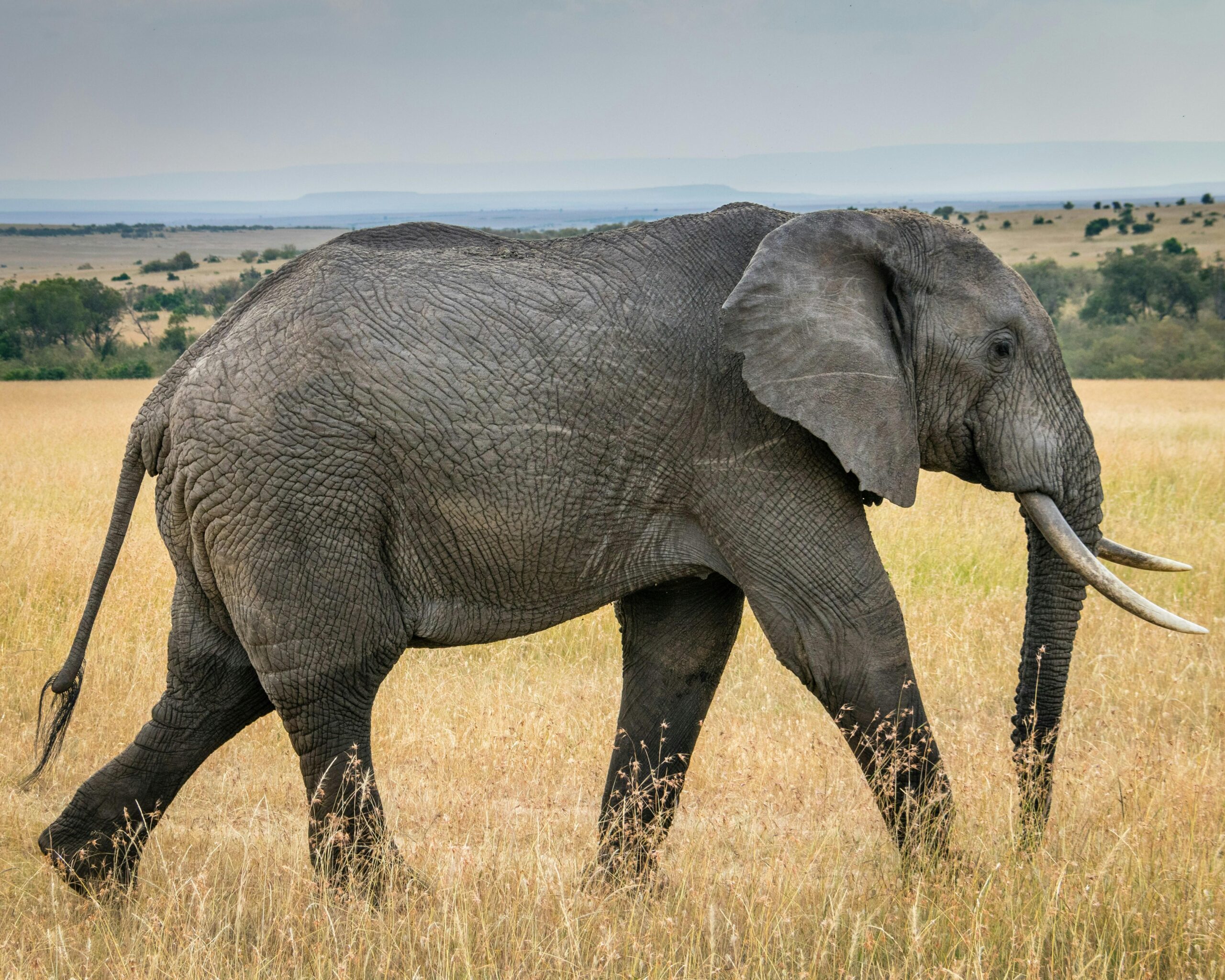Imagine a world where rare animals vanish not just because of habitat loss or climate change, but due to an invisible web of trade happening far beyond the public eye. This hidden crisis— the global trade in endangered species— is a shadowy market fueling the disappearance of some of the planet’s most precious wildlife. From exotic pets snatched from remote jungles to luxury goods crafted from threatened animals, this underground economy thrives on secrecy and demand. But what drives this clandestine commerce, and what can be done to shine a light on this urgent problem? Let’s embark on a curious exploration into one of the most pressing yet overlooked threats facing biodiversity today.
Table of Contents
- The Shadow Economy Behind Exotic Wildlife
- How Endangered Species Become Unwitting Pawns in Global Trade
- The Ripple Effects on Ecosystems and Local Communities
- Innovative Strategies to Curb Illegal Wildlife Trafficking
- To Conclude
The Shadow Economy Behind Exotic Wildlife
Beneath the vibrancy of tropical forests and remote savannas lies a complex web of illicit activities fueled by the insatiable demand for exotic animals. This underground market thrives on secrecy, powered by networks that span continents, exploiting fragile ecosystems and endangered species. From rare birds plucked from their nests to reptiles smuggled across borders in the dead of night, this shadow economy operates with alarming efficiency, eluding law enforcement and conservation efforts alike.
Key elements enabling this dark trade include:
- Corrupt officials who facilitate illegal transports and paperwork.
- Online black markets where rare animals and parts are bought and sold with ease.
- Local communities driven by economic desperation, sometimes unknowingly contributing to species decline.
- Complex global logistics that conceal shipments in layers of deception.
Behind every smuggled animal is a cascading impact—threatening biodiversity, destabilizing ecosystems, and undermining legitimate economies dependent on healthy wildlife populations. Understanding and exposing the mechanisms of this shadow economy is crucial to devising effective strategies that protect endangered species and disrupt the illicit trade thriving beneath the surface.
How Endangered Species Become Unwitting Pawns in Global Trade
In the shadowy corridors of global commerce, endangered species are often caught in a relentless web of exploitation, serving as unwitting pawns in a game driven by profit and demand. These creatures, from the majestic pangolin to the elusive snow leopard, are trafficked for their body parts, skins, and even as exotic pets. The clandestine nature of this trade thrives on loopholes in international laws and inconsistent enforcement, making it difficult to track and curb the smuggling networks. Each transaction, while seemingly small in isolation, accumulates into a catastrophic decline for wild populations, pushing species closer to extinction.
What’s particularly alarming is how this trade exploits not just the animals, but entire ecosystems and communities. Local populations often find themselves caught between economic necessity and conservation efforts, sometimes unknowingly aiding illegal networks. The demand stems from diverse sectors, including:
- Traditional medicine markets, where animal parts are erroneously believed to hold healing powers.
- Luxury fashion industries, which fuel the market for exotic furs and skins.
- Collectors and exotic pet enthusiasts, eager to own rare species regardless of legality or ethical concerns.
Addressing this crisis requires nuanced strategies that balance law enforcement with community engagement and global cooperation. Otherwise, these species will remain mere chess pieces, sacrificed in a battle many do not even see.
The Ripple Effects on Ecosystems and Local Communities
When endangered species vanish, the consequences stretch far beyond the animals themselves. Ecosystems, delicately balanced over millennia, begin to wobble. Key species often play critical roles—pollinators, seed dispersers, or apex predators—that keep food webs intact. Without them, nature’s intricate choreography falters, resulting in a cascade of effects like invasive species proliferation, altered vegetation patterns, and disrupted nutrient cycles. These shifts don’t just harm wildlife; they reshape entire landscapes, often making ecosystems less resilient to climate change and natural disasters.
Local communities bear the hidden burden of this biological upheaval. Many depend intimately on wildlife for food, cultural identity, and economic stability. The decline of once-abundant species can lead to:
- Reduced income from ecotourism and sustainable harvesting
- Increased vulnerability to food insecurity due to disrupted ecosystem services
- Loss of traditional knowledge tied to native species and habitats
As these ripple effects multiply, the human cost deepens—revealing that the trade in endangered species is not just a conservation issue, but a social crisis demanding urgent attention.
Innovative Strategies to Curb Illegal Wildlife Trafficking
Across the globe, a wave of cutting-edge technologies is breathing new life into conservation efforts, creating powerful tools in the battle against illegal wildlife trade. From AI-driven monitoring systems that analyze patterns in wildlife trafficking networks to blockchain-enabled supply chains ensuring transparency and accountability, innovation is rewriting the rules. Drone surveillance now offers eyes in the sky over remote habitats, allowing authorities to detect poachers in real time, while advanced DNA forensics provide irrefutable proof to prosecute traffickers. These tools don’t just catch criminals—they provide invaluable data maps of smuggling routes and hotspots, empowering strategic action on a global scale.
Another transformative approach lies in community empowerment and economic alternatives that undercut traffickers’ influence. Programs that educate and engage local populations—turning them into wildlife guardians rather than bystanders—have proven remarkably effective. Support initiatives often include:
- Eco-tourism ventures that provide sustainable income directly linked to wildlife protection
- Skill-building workshops offering alternatives to illegal activities
- Local wildlife stewardship councils that collaborate with law enforcement agencies
By fusing technology with grassroots activism, this multi-pronged approach generates a ripple effect, transforming both the enforcement landscape and the hearts of communities on the frontline. It’s a mosaic of innovation and empathy, each piece critical in safeguarding the future of endangered species.
To Conclude
As we peel back the layers of the global trade in endangered species, it becomes clear that this hidden crisis is as complex as it is urgent. From remote rainforests to bustling urban markets, the demand and supply chain of wildlife trafficking touches lives and ecosystems in ways we rarely see. But curiosity fuels change—by asking questions, sharing stories, and staying informed, we can illuminate the shadows where this trade thrives. The next time you hear about a rare animal or exotic product, take a moment to wonder: What’s the real story behind it? Together, maybe we can rewrite the narrative and give these incredible creatures a chance to thrive beyond the headlines.











